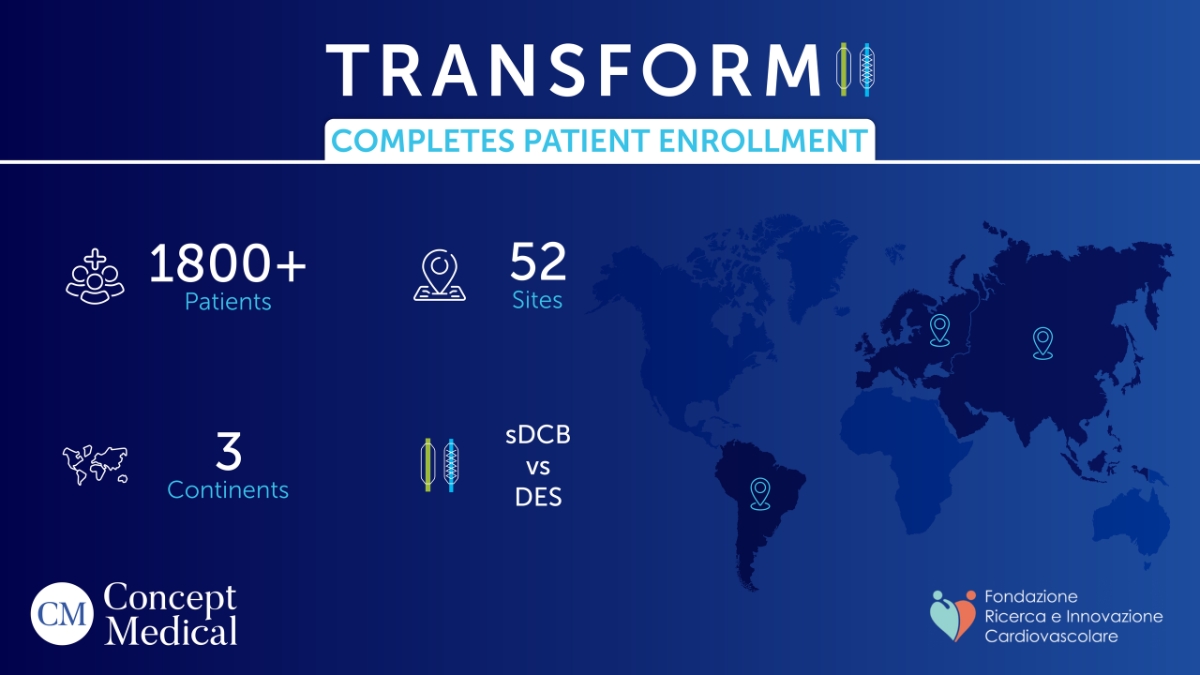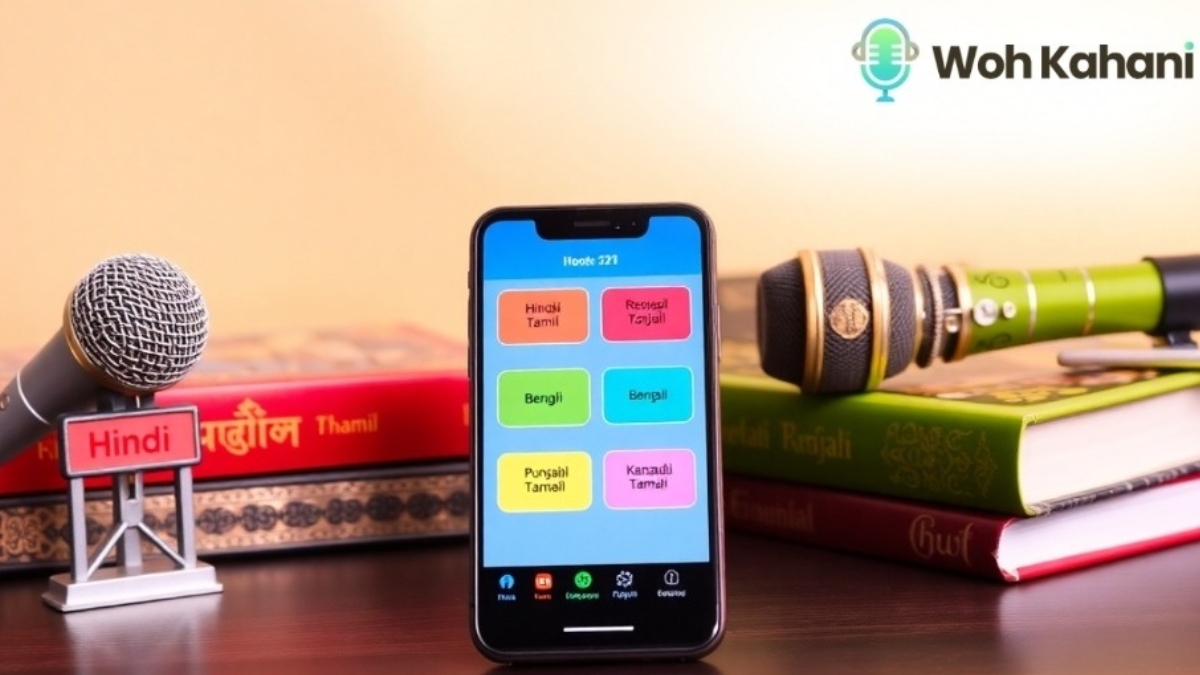Kotia, where most say they vote in two states | India News

Over 2,500 electors of the 21 tribal villages hold voter IDs, ration cards, and even pension cards of both states as they fall under two Lok Sabha constituencies: Araku in Andhra and Koraput in Odisha.In 1968, Odisha moved SC laying claim to the villages. The court, however, ruled that interstate boundary issues fall outside its jurisdiction and can only be resolved by Parliament. Consequently, a permanent injunction was imposed, restraining either of the states from taking any action.
However, when asked about the double voting rights, Andhra’s CEO Mukesh Kumar Meena called it illegal. “One person can cast only one vote at one location. Enrolment in two states is illegal. One should cancel the registration in one state to enrol in another,” he said.
Nevertheless, the big question these electors face this time is which state they will vote in, as both Araku and Koraput go to polls on May 13.
To get a feel of the geopolitical complexities and the voter pulse, TOI visited this cluster. Here’s the tug-of-war: Andhra claims the villages belong to its ParvathipuramManyam district, while Odisha asserts they lie in Koraput. Land surveys, records, and various forms of evidence fuel arguments from both sides vying for control. Development initiatives, political disputes, and resource allocation further complicate matters.
In the run-up to elections, debates here centre around the contrasting approaches of the two states — Odisha’s infrastructure push versus Andhra’s welfare programmes. Odisha has made significant inroads, cementing its presence with concrete roads connecting villages to Kotia, the main panchayat. It has also established schools, a primary health centre, and an Indian Reserve Battalion outpost. Andhra, meanwhile, is focusing on financial aid through welfare schemes. This becomes evident while traversing from Salur in Andhra towards Kotia, as one nears the Odisha border.
While voters residing downhill seem to identify more closely with Andhra, those uphill may favour Odisha. But, generally, villagers, who eke out a living cultivating millets and some paddy on the rugged slopes of the Eastern Ghats, feel they hold the upper hand as dual identity cards grant them access to benefits of both the states.
For instance, Chodipalli Latchayya, a resident of Dhulibhadra hamlet in Salur mandal, Andhra, possesses a ration card under this identity. He also doubles up as Latchayya Pangi on another ration card in Odisha’s Pottangi block, Koraput. Similarly, Gemele Kati, who enjoys “voting rights” in both the states, has an Aadhaar card issued on an Andhra address, and is seeking a pension based on that.
Villages too have dual official names. “Ganjaeipadar” in Odisha becomes “Ganjaibhadra” in Andhra, influenced by Telugu. Similarly, “Nerallavalasa” in Andhra becomes “Naradbalsa” in Odisha, and “Pattuchenneru” becomes “Phatuseneri”.
When asked where they would vote, residents of Nerallavalasa and Thadivalsa — two of the 21 disputed villages — picked Andhra’s booth as the state offers more welfare schemes. Andhra provides a monthly welfare pension of Rs 3,000 compared to Odisha’s Rs 500. Andhra’s incentives, ranging from Rs 50,000 to Rs 1 lakh per family per year, are a big draw.
In the Kotia cluster, consisting of tribals from Konda Dora, Mooka Dora, Gadaba, and Jatapu communities, some communicate in Telugu and Odia, but most speak the ‘Kui’ dialect.
Vanthala Sana, 60, from Nerellavalasa village under Sarika panchayat, said the dispute is only between the states, not people. “We receive more benefits from Andhra; I will vote at an Andhra booth,” she added.
Abhi Gemel, who too receives benefits from both the states, said he would support Odisha as their culture is closer to that of the tribals of Koraput. However, the benefits have not translated into uplift. Most villagers are illiterate or dropouts, which is reflected in the low number of residents securing govt jobs in either state.

Atul Tiwari is a seasoned journalist at Mumbai Times, specializing in city news, culture, and human-interest stories. With a knack for uncovering compelling narratives, Atul brings Mumbai’s vibrant spirit to life through his writing.





